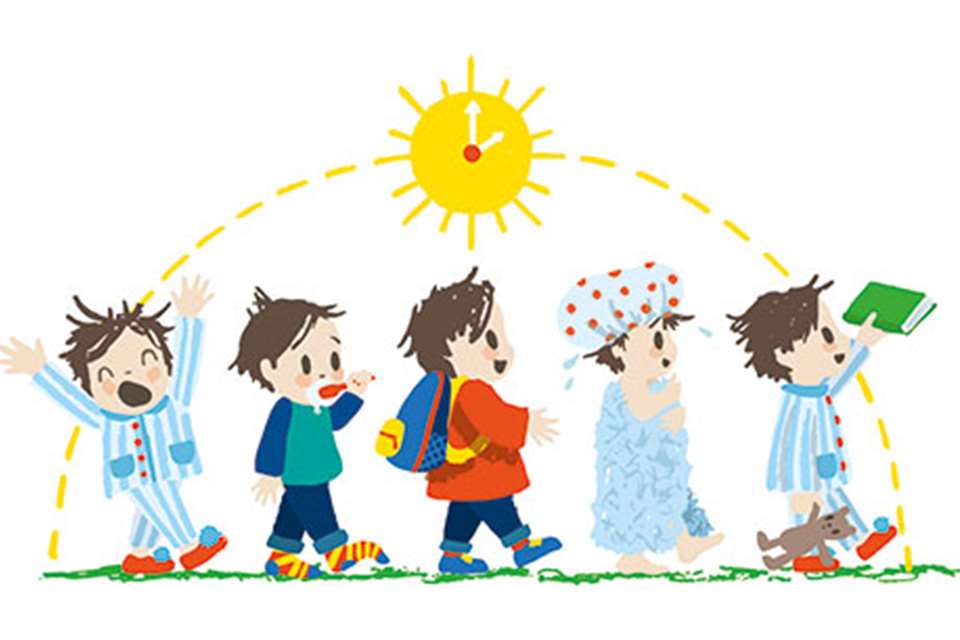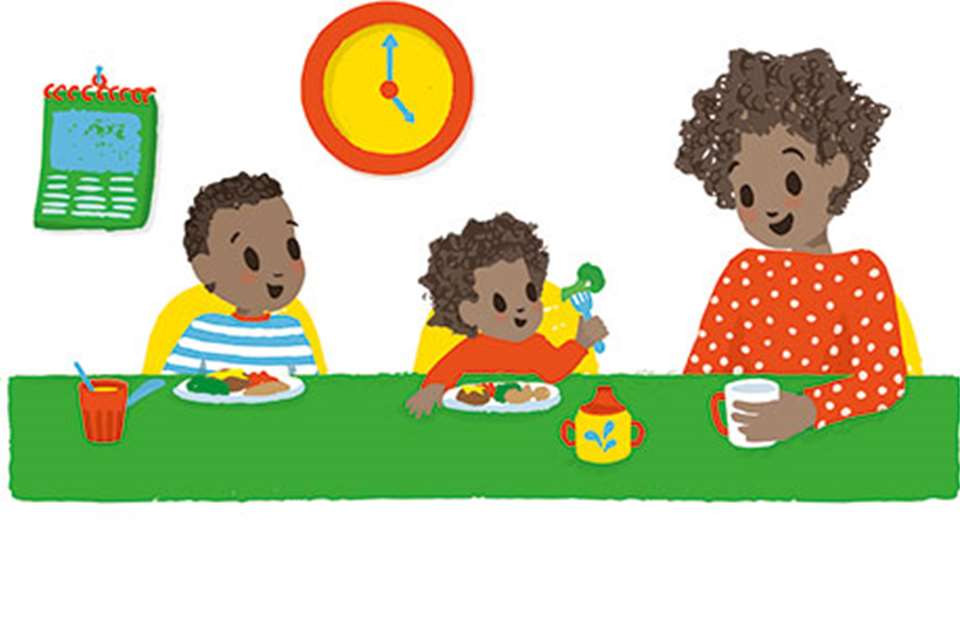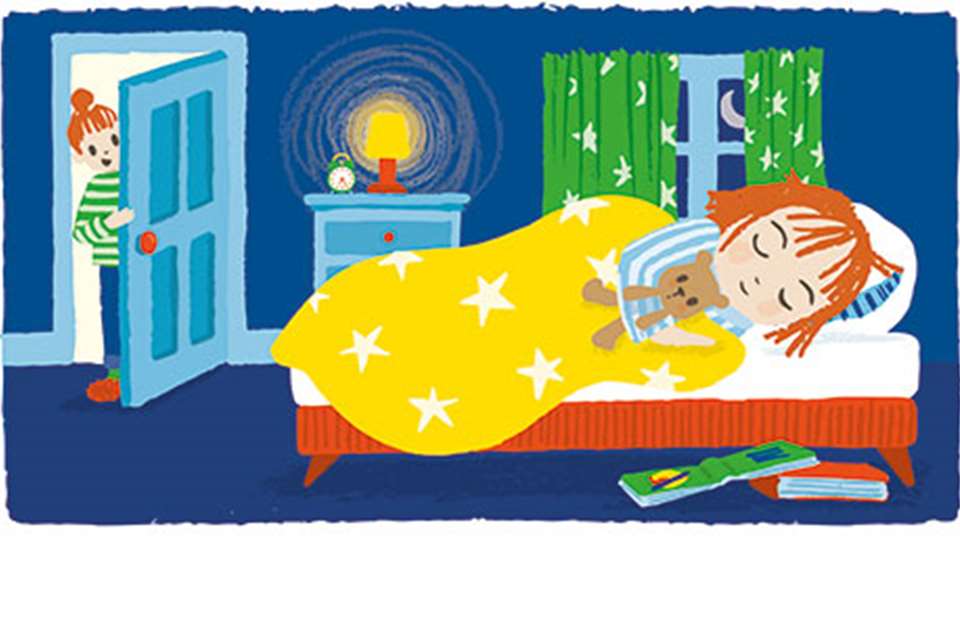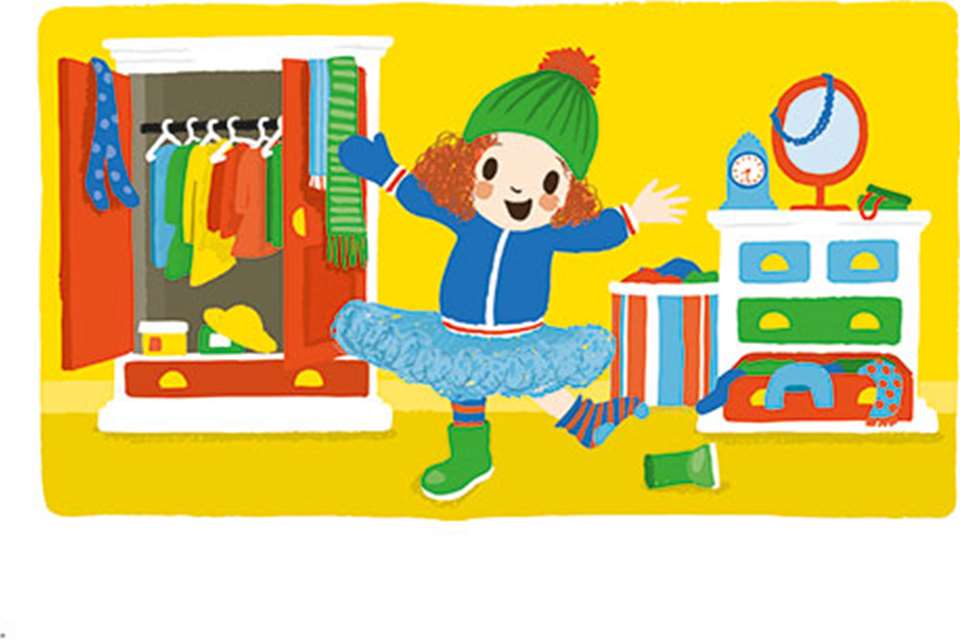Parent’s Guide - Going on public transport
Annette Rawstrone
Monday, November 26, 2018
From planning the trip to documenting it, Annette Rawstrone explains how to make a journey on bus or train fun for everybody and educational for your child

Download the PDF of this article
Travelling on public transport is often an exciting experience for young children, rather than a chore – just think of all the automatic doors, buttons, tickets, different views and people they encounter.
Leaving the car at home and travelling by bus, train or tram gives you the chance to take your eyes off the road and interact directly with your child. A trip into town or to visit friends can then be transformed into an adventure that also benefits your child’s development.
Consider the practicalities
- Plan your journey carefully beforehand. It’s possible to download bus and train timetable apps and maps of stations with step-free access and lifts – particularly useful if you are taking a pram.
- Being caught short is no fun. Large stations and many trains have toilets, but it’s worth Googling for public toilets along your route or investing in a travel potty for emergencies.
- Try to avoid taking your journey during busy commuting times or when your child would normally have a nap. And take water and a snack with you.
- Talk to your child about the journey before you go to help avert any anxiety and enable them to get more out of the experience. Tell them what you are planning on doing and show them pictures of different types of public transport, share YouTube clips or read relevant story books.
- Chat about how to behave on public transport, such as standing well away from the edge of the station platform, holding hands in busy areas and staying seated whenever possible on the train or bus.
- Also, relieve your own anxiety and ask for help if you need it – for example, ask someone for a seat or to make space for your buggy. Most people are kind and will accommodate children. You don’t even have to go far, just travel a few stops and then catch the next bus or train back again.
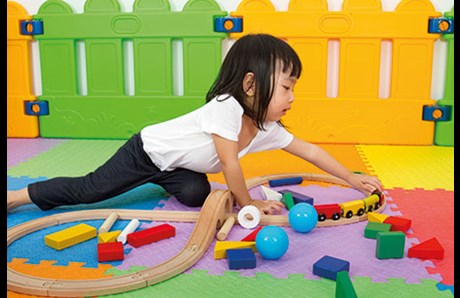
BENEFITS TO YOUR CHILD
Understanding of the world
Having new experiences builds up children’s knowledge and enables them to make connections. They can link their experience to playing with toy trains at nursery or singing ‘The Wheels on the Bus’ and engaging in role play with their friends. These activities can then be richer.
Travelling on public transport also helps a child understand what a family member is doing when they mention their commute or journey.
Vocabulary development
Talk to your child as you go on your journey. You’ll be amazed by how many new words you can introduce them to – for example, ‘aisle’, ‘conductor’, ‘ticket’, ‘turnstyle’, ‘carriage’, ‘deck’. Try to get a window seat and discuss what you see as you travel.
Literacy and numeracy
Make the most of the print that you see during your journey. For example, look at the timetable at your bus stop, check the front of the bus for its number and destination, see if you can spot the platform numbers and talk about any billboards and what they are advertising.
Social skills
The experience is likely to provoke lots of questions and comments from your child. Encourage them to show their ticket to the ticket inspector or say hello to the bus driver. It all helps to build your child’s social development.
AFTER THE EVENT
You can continue to build on your child’s learning after completing your journey.
Perhaps take photographs of your journey to look through and discuss later. Encourage your child to sequence the events, such as looking at the train map, buying a ticket and finding the platform before waiting for the train, boarding it and finding a seat.
You don’t need lots of fancy equipment to engage in some simple role play with your child – a line of chairs can become a bus or train, a plastic plate makes a good steering wheel and you can even have fun encouraging your child’s early writing skills as you make tickets or route maps. Consider drawing roads or tracks on a large sheet of paper for your child to drive toy vehicles around which can help develop motor skills.
Of course, you can always plan more local journeys on public transport or build on a particular interest by going to transport museums, steam railways or finding other forms of transport, such as boats or cable cars when you’re visiting new places. The opportunities are endless and don’t have to be expensive.
STORY TIME
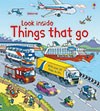 Look inside... Things That Go
Look inside... Things That Go
by Rob Lloyd Jones
Lift the flaps to find out what happens inside buses, cars, boats, trains and more.
 You Can’t Take an Elephant on the Bus
You Can’t Take an Elephant on the Bus
by Patricia Cleveland-Peck and David Tazzyman
Never put a camel in a boat, or a tiger on a train, or ask a whale to ride a bike… An array of animals causes chaos as they ride on all sorts of unsuitable vehicles.
 Naughty Bus
Naughty Bus
by Jan and Jerry Oke
Close-up photography illustrates this appealing and popular story – is it the bus or the boy that’s being naughty?
Mungo Monkey goes on a Train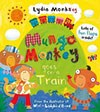
by Lydia Monks
Jump on board with Mungo Monkey as he goes on an exciting train ride with his grandparents and little sister.
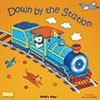 Down by the Station
Down by the Station
by Jess Stockham
A classic rhyme about the many noisy vehicles that can be seen early in the morning down by the station – features die-cut holes.


